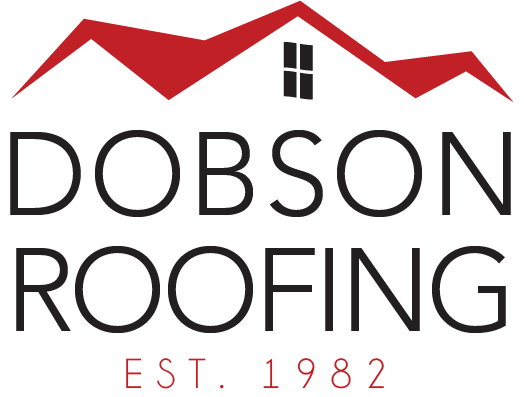Roofing UK
Roofing in the UK involves various materials, techniques, and regulations. Here’s an overview of the key aspects:
Common Roofing Materials
- Slate: Popular for its durability and aesthetic appeal. It is often used in heritage and conservation areas.
- Clay Tiles: Traditional material that offers a classic look. They come in various shapes and sizes.
- Concrete Tiles: Durable and more affordable than clay tiles, available in various styles and colors.
- Metal Roofing: Includes materials like zinc, copper, and steel. Known for longevity and modern appearance.
- Synthetic Roofing: Includes materials like rubber, plastic, and composite. These are designed to mimic traditional materials but offer lower cost and easier installation.
- Thatched Roofs: Made from straw or reeds, typically found on historic and rural buildings.
Roofing Techniques
- Pitched Roofing: The most common style in the UK, characterized by its sloped design. This includes gable, hip, and mansard roofs.
- Flat Roofing: Often used for extensions and commercial buildings. Materials include felt, EPDM rubber, and fibreglass.
- Green Roofing: Involves planting vegetation over a waterproof membrane. It offers environmental benefits and improved insulation.
Regulations and Standards
- Building Regulations: UK roofing projects must comply with Building Regulations, ensuring structural safety, fire safety, and insulation standards.
- Planning Permission: Required for significant changes, especially in conservation areas or for listed buildings.
- British Standards (BS): Standards like BS 5534 outline best practices for slating and tiling, ensuring quality and durability.
Common Issues and Solutions
- Leaks and Water Damage: Regular inspections and maintenance can prevent leaks. Use of quality materials and proper installation is crucial.
- Condensation: Adequate ventilation and insulation can reduce condensation issues.
- Storm Damage: Repairing loose or damaged tiles promptly helps maintain roof integrity.
Roof Maintenance Tips
- Regular Inspections: At least twice a year, ideally before and after winter.
- Cleaning Gutters: Prevents water buildup and damage.
- Removing Debris: Ensures proper drainage and prevents moss and algae growth.
Selecting a Roofing Contractor
- Credentials: Look for membership in professional bodies like the National Federation of Roofing Contractors (NFRC).
- References and Reviews: Check previous work and customer feedback.
- Detailed Quotes: Obtain and compare quotes to understand the scope and cost of work.
Sustainable Roofing Options
- Solar Panels: Integrating photovoltaic panels for energy generation.
- Recycled Materials: Using recycled tiles or shingles.
- Cool Roofs: Materials that reflect more sunlight and absorb less heat.
By considering these aspects, homeowners and builders in the UK can ensure they choose the right roofing materials, techniques, and professionals to meet their specific needs and comply with local regulations.
If you have any queries then don’t hesitate to contact us using the form below.
Contact Us
Address
Dobson Roofing Services Ltd,
109-111 Chesterfield Road, Dronfield, Derbyshire, S18 2XE
Phone
M: 07711770081
